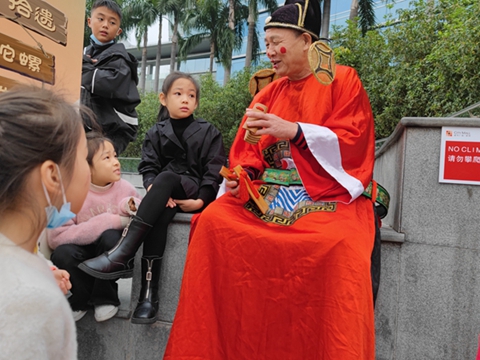
Futian District in central Shenzhen has not only stylish skyscrapers but also old-world charms. Its centuries-old walled villages witness the changes of time in Shenzhen; local villagers and migrants from all over the world form a unique venue of urban customs and practices — the walled village culture.
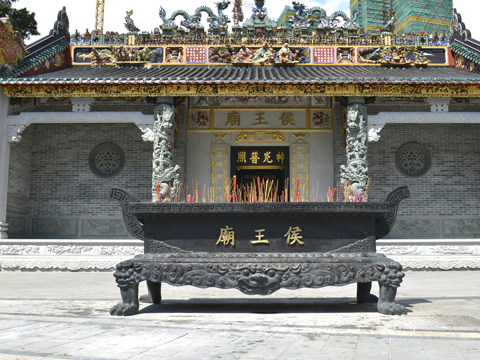
There are three urban villages that remain in Futian: Huanggang Village, Xiasha Village and Shuiwei Village. Family temples, archways, and village museums show the rich histories of the villages.
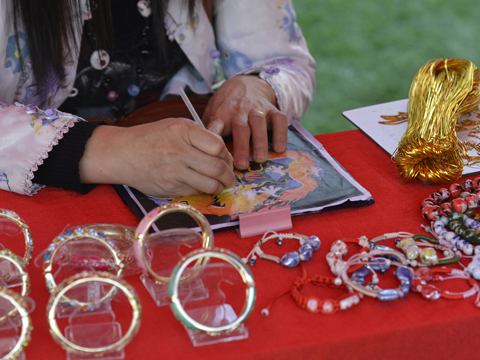
Popular folk arts in Futian District include bamboo-plaiting, grass-plaiting, silk-knitting and embroidery, and cooking. Representative skills include knitting silk belts and making fishing nets.
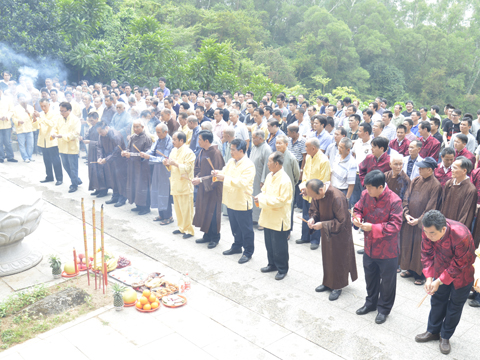
Folk beliefs are the most widespread and popular intangible cultural heritage in Futian District. Folk beliefs involves worship of ancestors and gods.
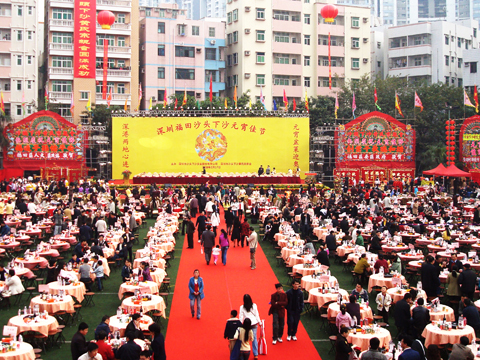
Cooking pot dish, a traditional food in the Shenzhen Bay area, and pastry-making have been common customs in Futian District for generations.
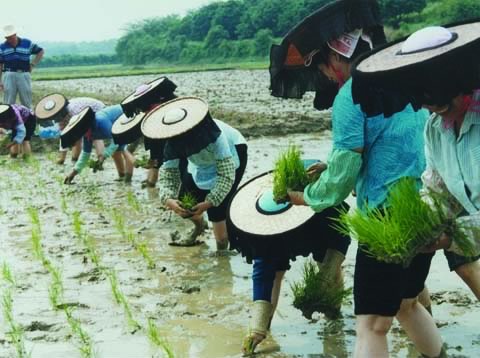
Most of the villages in Futian District originated as farming communities, but Xiasha, Shixia, Shazui, Shawei, Yunong and Xiameilin villages formed special production and trade customs because of geographic advantages.

There's a long, varied list of folk stories from Futian villages.
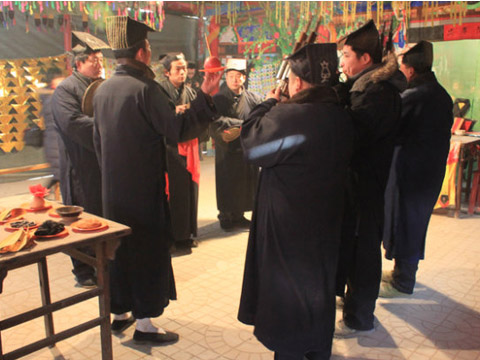
Similar to major cultural activities in North China, such as temple fairs, the "dajiao" in Xiameilin Village was an important cultural event in the area.